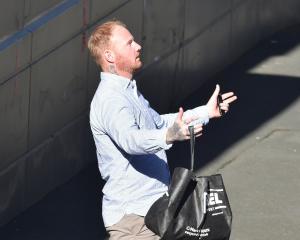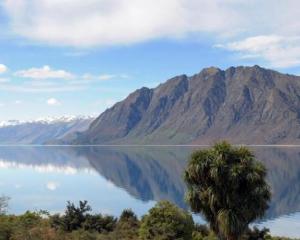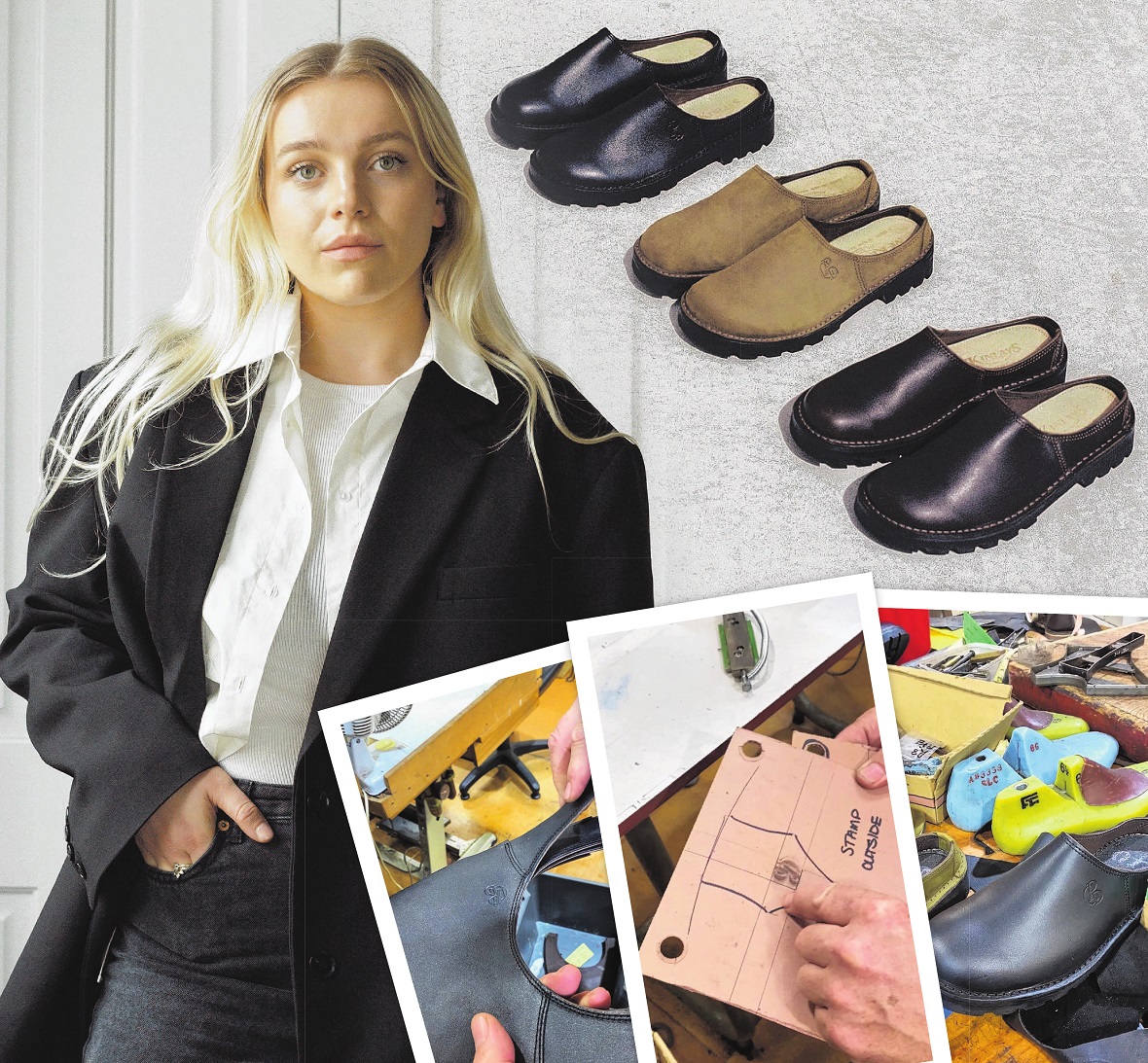
 Q&A with Estelle Dippie
Q&A with Estelle Dippie

Estelle Dippie
Q. How would you describe Commonplace?
Commonplace is a multi-disciplinary company which oversees fashion sales, distribution and, more recently, our own in-house line – Commonplace Essentials. Commonplace Essentials focuses on practical basics that embody the ethos of being accessible, socially conscious and kind to the environment. The essence of Commonplace design lies in prep and uniform – sportswear-inspired classic pieces that are well-considered for everyday wearability and versatility.
Q. How did the collaboration with McKinlays come about?
I was born and raised in Dunedin and have always known the McKinlay family (and of course wore McKinlays school shoes growing up). As well as running the Dunedin-based factory, Dave McKinlay is also a footwear distributor and has always been very kind in sharing his knowledge and experience in this space.
It was a very natural next step to work with McKinlays on a collaboration of our own. A good collaboration, in my opinion, should make sense but also be a little bit unexpected. Getting that balance right is what makes something stand out and what makes people take notice.
The contrast between the two brands couldn’t be more clear – McKinlays is a true heritage brand in its 145th year of business, while we’re only just in our fourth. We have completely different customer bases and core product lines.
However, it works in the sense that we share many of the same values, we produce a high-quality product, and the final design represents both of the brands from an aesthetic point of view.
Q. How did you decide on the design?
Commonplace Essentials pieces are high-wardrobe rotation items – things our customers regularly reach for when going about their everyday lives. It was important to bring this same practicality to this collaboration.
The Anderson Slip On (named after Anderson Bay Rd in South Dunedin which is near where the McKinlays factory is located) is a true McKinlays staple, with a slightly contemporary and refreshed Commonplace-esq twist. We kept the colours (black, brown and khaki) pared back to ensure the shoe would be a versatile addition to any wardrobe.
Q. Are you surprised at how popular the shoes have been?
I’ve been delighted at how well the "made in New Zealand" story has resonated with our customers. It’s no secret that retail is tough right now, so it’s been really amazing to see so many people wanting to support small business and local manufacturing, and subsequently our stockists who are retailing the shoes all around the country.
Q. What is the plan moving forward?
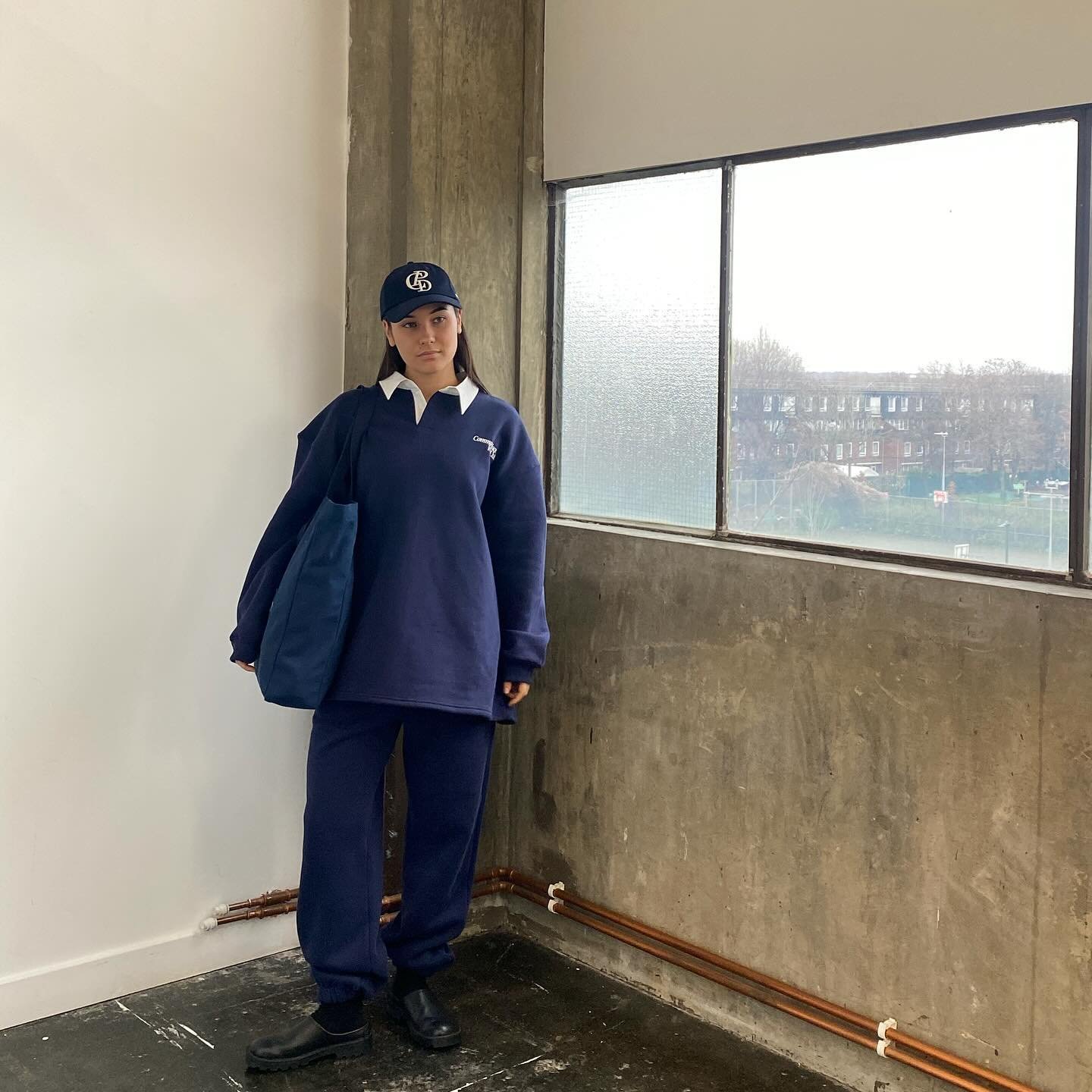
We would love to see this collaboration turn into a long-term partnership. We’re working on how we could incorporate more innovation and sustainability into our materials, new colours for summer, and a new McKinlays x Commonplace style is in the works too.
Q. What do you think is the secret to the success of McKinlays?
It’s incredible that McKinlays – a fifth generation family business – has maintained a manufacturing presence from Dunedin, despite the continued external pressure and challenges of doing so.
I think core to its success has been staying true to its found values around good business practices, valuing staff and partners and having a strong work ethic.
Beyond this, the McKinlays product is timeless, traceable, competitively priced and incredibly high quality.
Q. Do you get back to Dunedin much?
I was born in Dunedin and went to school and university in the city. While studying, I worked at the local institution that is now Chapman Store (then Slick Willys), which was where I was first introduced to the fashion industry. I think I spent more time on the shop floor than at my lectures.
I’ve since lived in Auckland, and now London, but I love coming home to Dunedin. It’s an exciting little city with a lot of historic character and amazing beaches and natural landscapes.
There is also a fantastic creative energy in the city and plenty of inspiration to be found within iD Fashion Week and hugely successful brands such as NOM*d and Yu Mei that are based in, or have ties to, Dunedin.
Q. Any other collaborations in the works?
As well as continuing to work with McKinlays, we have two more collaborations with international footwear and accessories brands in the works for later this year. Stay tuned.
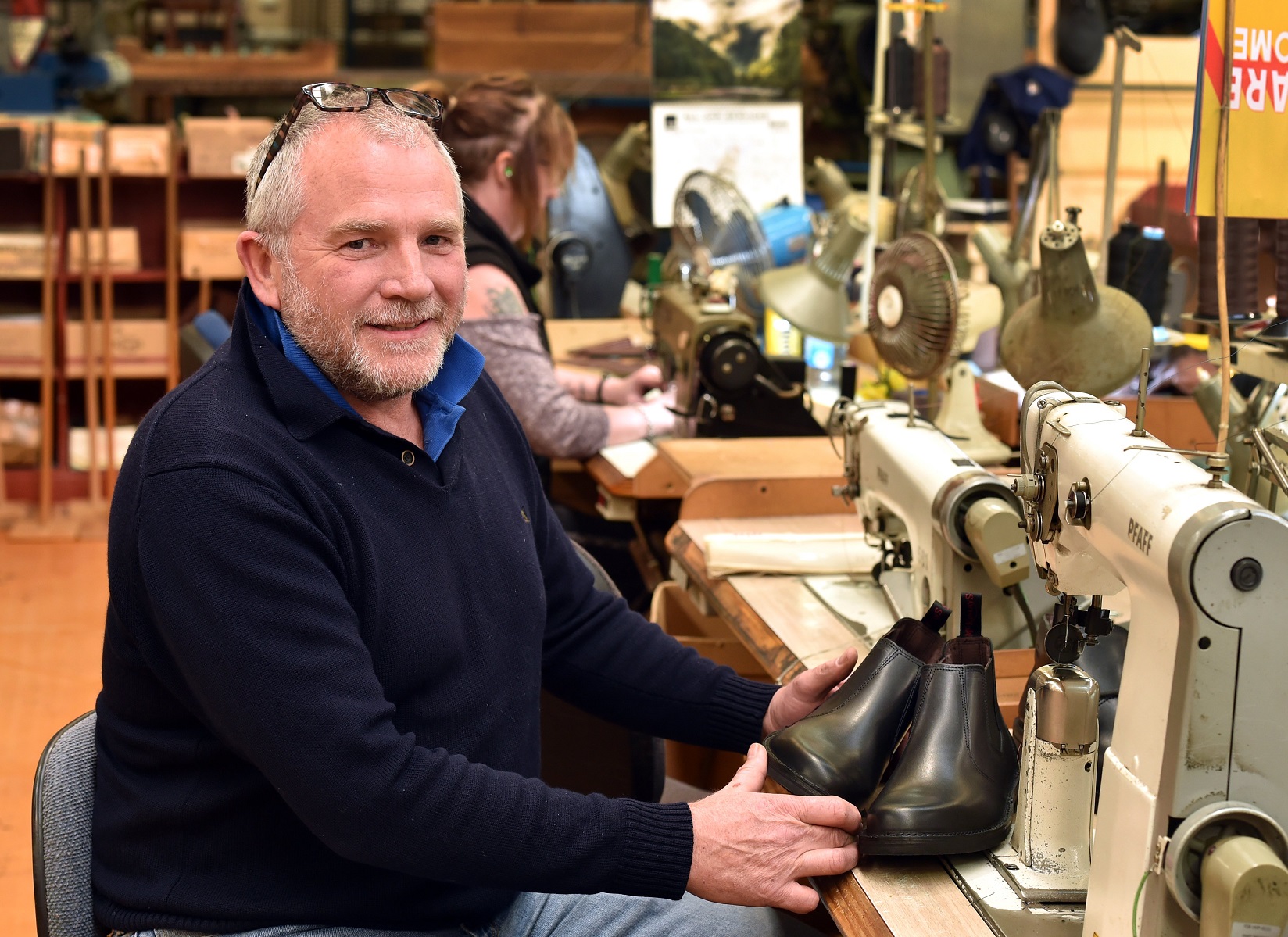
Q&A with Dave McKinlay
Dave McKinlay
Q. How did this collaboration with Commonplace come about?
Estelle’s father and I went through Boy Scouts together. That’s the bonus of living in Otago, it’s a small place and everyone knows each other. Estelle and her sisters grew up with my three sons on holidays in Wānaka from the time they were in nappies, so we’ve had a lot to do with them. I’ve known Estelle, well, all of her life really.
She’s doing wonders with her brand and her company, especially for a 27-year-old. She’s got some very good ideas and she’s got a great eye for fashion and detail. I’ve looked at a lot of her clothing lines that she brings in and you look at the construction and the materials and they’re superbly made. She’s a very smart kid in my opinion.
Q. Were you surprised by the popularity of this collaboration?
Yes, we probably were. I knew Estelle would do a really good job and she’s so good at marketing and social media and things like that, but I was blown away by the response, and the response that she’s still getting. We’ve been making pairs just about every week since March for her.
Q. How long does it take to make a pair?
Anyone who is involved in the apparel industry and comes into our factory and has a look around is actually blown away by how labour intensive it is. A [McKinlays] shoe has to go through quite a few processes even before it goes to a machinist who then sews it all into a three-dimensional form. It then goes on to the production track for a series of cement systems and lasting and pulling and sanding and stitching and so on.
We worked out one day, with a basic school shoe, it was handled 88 times from the beginning of the process to when it’s boxed and put on the shelf.
This [Commonplace shoe] would not be quite as much as there’s not as many pieces in it, but it’s still very labour intensive.
Q. Have you done any fashion collaborations before?
We have dabbled with it in the past with a few other people, but it hasn’t had the success this has. Over the last 20 years we’ve given it a crack, and we used to produce footwear under different labels. When [Christchurch company] Dowsons Shoes were around, we used to make different stuff under their label for them for years, but that started 50 years ago and petered out maybe 10 years ago I suppose. In the late ’70s we used to contract to Clarks a bit and places like that when there was an industry left in New Zealand.
Q. 145 years in trade is pretty amazing – what is the secret, in your opinion?
Stick to your knitting I think. My brother [Graeme] and I are the fifth generation of McKinlays to run the business. Probably in the last 30 years has been the biggest change compared to the previous 30 years before that because there were tariffs on, so it was a protected industry to an extent, whereas now every five years or so it’s basically turning on its head. It has stabilised in the last 10 years, but we just stick to what we’re good at. We don’t try to reinvent the wheel or anything like that. The leather we use is from Wanganui, the tannery there. The soling is all made locally. We do import quite a bit of the materials mostly because we don’t have an industry here – the likes of the buckles and rivets and midsole materials and things like that, but where possible we use New Zealand-made.
Q. Are any of your sons interested in taking the reins?
No, they’re all earning far too much money doing other things! Understandable, I guess.
Q. You’ve got more in the works with her and Commonplace?
Yep, we’ve got a few projects we’re working on. I was at the tannery last week looking for leathers for Estelle, trying to source some colours and bits and pieces for the next season and so on. And a couple of other things in the wings. All very exciting!

